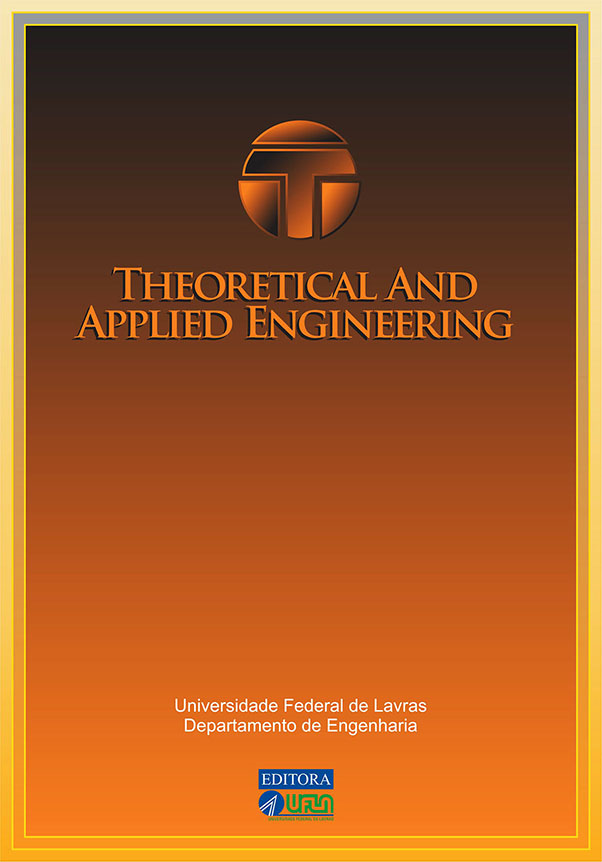Coffee crop detection and mapping using Sentinel-2 data and spatial coherence
Main Article Content
Abstract
In this work, we propose a methodology for mapping coffee crops using Sentinel-2 data and Random Forest (RF) classification, focusing on improving accuracy in regions outside the training area. We evaluate the ability of the model to generalize to the same biome, testing its performance in spatially distinct areas near the municipality of Lavras, MG, Brazil. During the experiments, we develop a new technique called spatial coherence, which incorporates information from neighboring pixels into the classification process to reduce salt-and-pepper (isolated) errors. This approach improves traditional RF classification by combining spectral data with spatial context, resulting in more accurate and contiguous coffee crop maps. Our methodology, implemented in R using Sentinel-2 imagery from June 2022, demonstrates the potential to bridge the gap between academic studies and practical large-scale mapping of coffee plantations.
